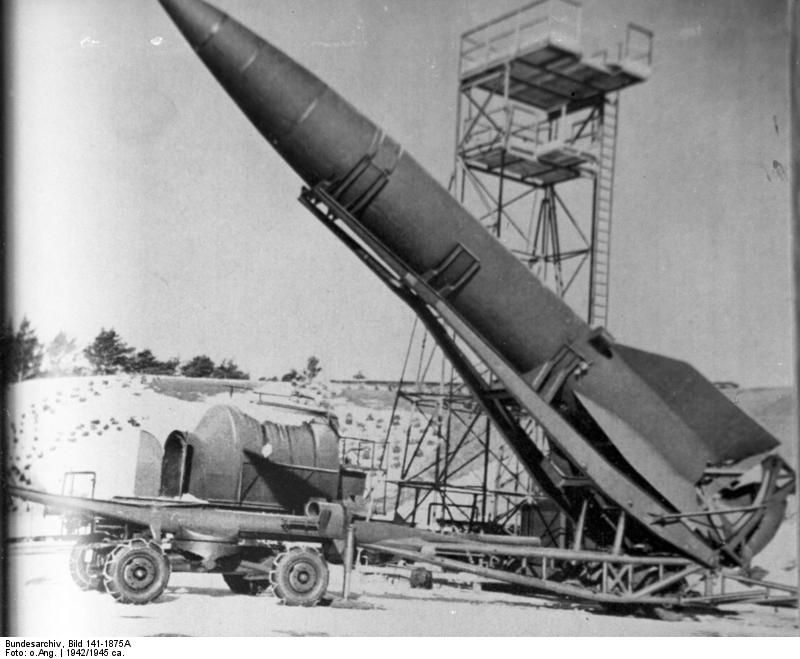Peenemünde: Poles and Hitler’s secret weapon – the V2 rocket
Mediathek Sorted


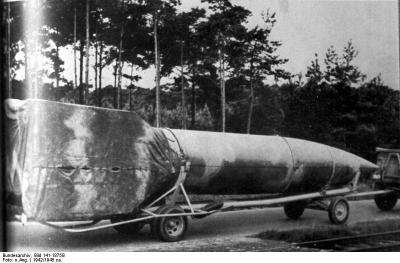
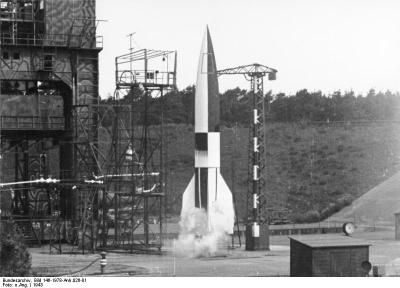
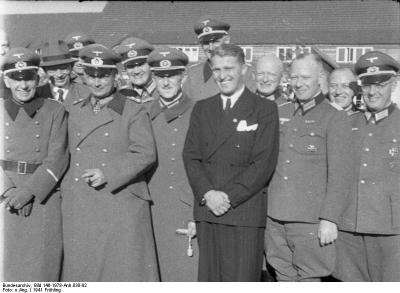
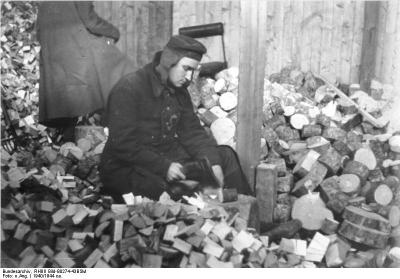
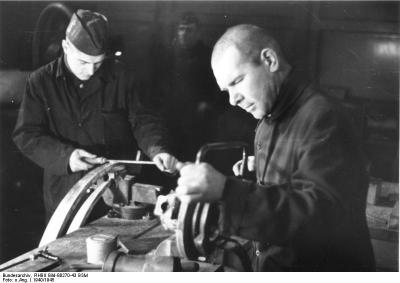

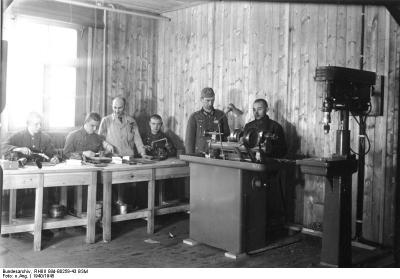
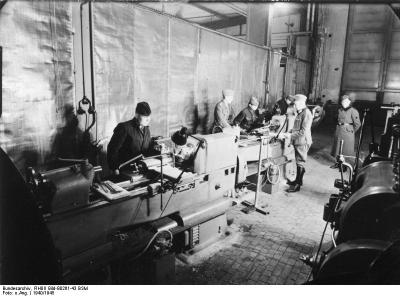
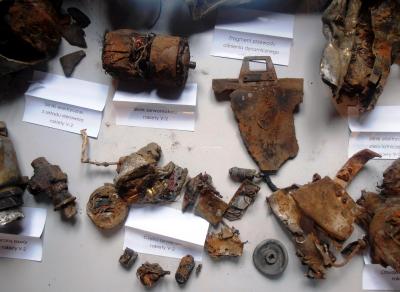
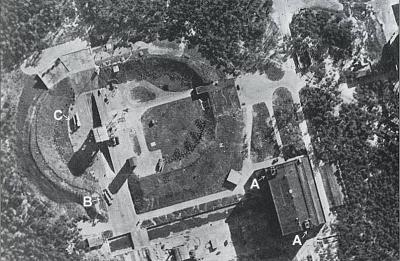
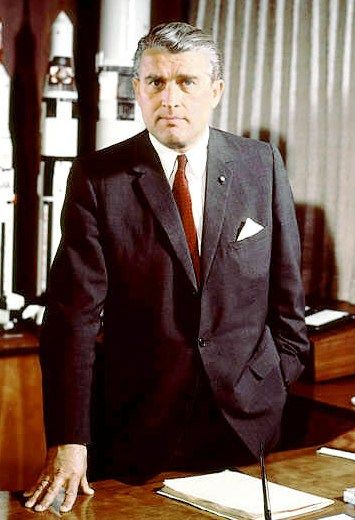
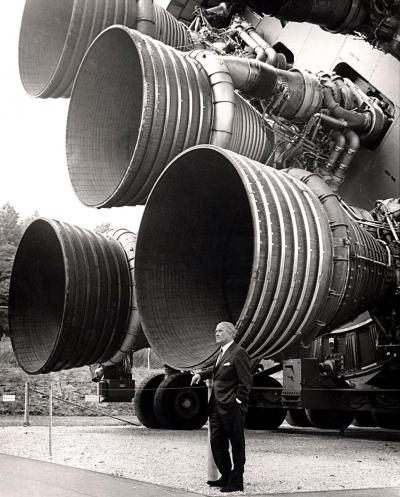

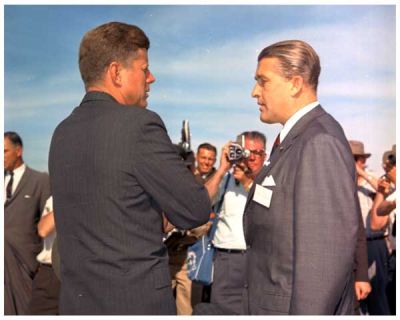
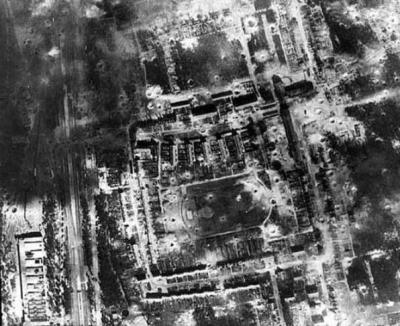
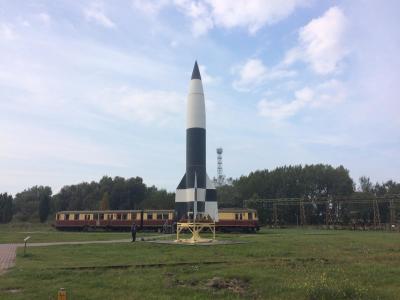
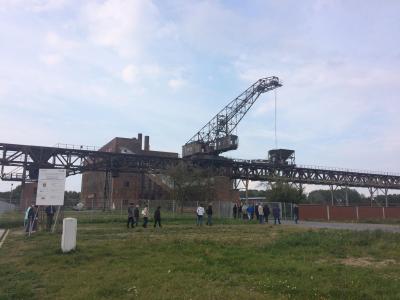
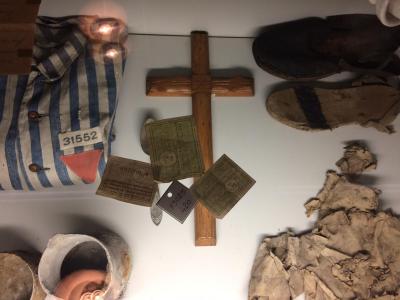
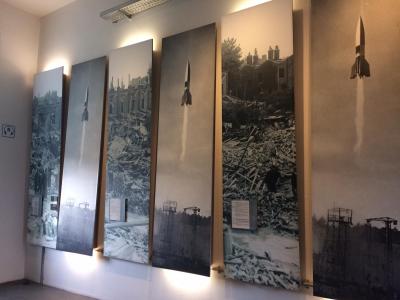
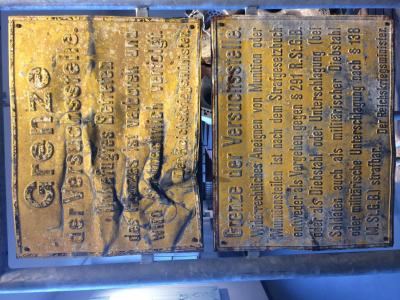
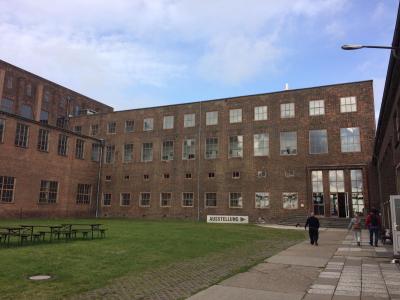

Peenemünde und die Polen - Hörspiel von "COSMO Radio po polsku" auf Deutsch

























In his diaries, Winston Churchill, the British Prime Minister, remembered the event as follows: “The rockets fell many miles apart from each other. Each time, the German patrol troops would run to the site of the explosion and gather up the parts. One day, however, a rocket fell onto the banks of the Bug without exploding. The Poles reached the place of impact first, rolled it into the river, waited until the Germans had abandoned their search, later hauled it out and under cover of darkness, dismantled it”.[10] According to various reports, the rocket was retrieved from the river using teams of horses or tractors. The dismantled rocket parts were hidden in secret crates in three lorries that were used to transport potatoes. In this way, it was possible smuggle the parts to Warsaw, where the decision was soon taken to pass them on to the British.
The plan was then for a British plane to fly the rocket parts out of Poland as part of the “Most III” (“Bridge III”) operation. It was considered to be extremely difficult to land a plane in the occupied territories and to prepare it for the return flight. The most important parts of the missile were hidden in oxygen bottles, the bases of which were removed and then re-welded back on. They were then brought from Warsaw to a site close to Tarnów. Despite repeated routine checks, the Nazis failed to find the hidden cargo.[11]
A provisional landing site was created to the north-west of Tarnów, in the “Łąki Przybysławskie” (“Przybysław Meadows”). It was secured by more than 200 people, AK troops and the inhabitants of the surrounding villages. Due to heavy rainfall and the anticipated problems with landing on the unsurfaced ground, the take-off of the British plane was delayed. Finally, during the night of 25–26 July 1944, Operation “Most III” was given the go-ahead. The two-engine plane “Dakota” took off from the base at Brindisi in Italy. Those on board included envoys from the Polish government in exile, who were to be flown in to Poland. Five people were due to board the plane for the return flight, including Captain Jerzy Chmielewski (codename: “Rafał”), a secret service officer of the AK who was responsible for transporting the precious cargo.
The operation had to be carried out with extreme care, since German troops were stationed close to the landing site. At first, all went according to plan. After landing, the plane was loaded in just 15 minutes. The problems started when the plane attempted to take off. The pilot tried to lift off three times in a row; however, each time, the chassis became mired in the soft earth. A decision was made that the crew and passengers should disembark and that the plane should be incinerated. However, some of the AK members decided instead to free up the chassis by pushing wood logs from the surrounding forest in front of the wheels. Finally, the engines started to rev up and the plane took off. The entire operation was originally due to last just 10 to 15 minutes. However, it took over an hour before the “Dakota” was able to leave the landing site.[12]
[10] Winston Churchill: The Second World War. The Invasion of Italy, 2nd edition, London 1965, p. 207–208.
[11] Jakub Ciechanowski: Most III. Operacja, która nie mogła się udać, an article on the online portal: www.histmag.org
[12] M. Wojewódzki: Akcja V-1, V-2, p. 344.





















































































